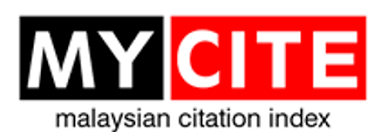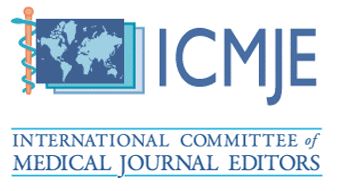Impact of Bilateral and Unilateral Post-Activation Potentiation on Immediate Cycling Performance
DOI:
https://doi.org/10.51200/bjms.v19i1.5587Keywords:
Post Activation Potentiation, Bilateral, Unilateral, Cycling, Power OutputAbstract
Post Activation Potentiation (PAP) warm-up strategies are gaining attention for their potential to enhance athletic performance. This study aims to compare the effects of unilateral PAP (UPAP) and bilateral PAP (BPAP) on cycling performance. Using a randomised crossover experimental design, 50 trained recreational male cyclists, aged 18 to 40, participated. Each cyclist’s regimen included 4 sets of 5 Repetition Maximum (RM) for back squats (BPAP) and rear leg elevated split squats (UPAP). The exercises were performed on separate occasions, followed by a Power Profile Test developed by the World Cycling Centre (WCC-PTT). Results showed that 85% of 1RM BPAP significantly improved 30-second average power, relative average power, average cadence, and average torque. Conversely, 42.5% 1RM UPAP notably enhanced peak power, peak cadence, and peak torque, with significant improvements in 6-second average power, relative average power, average cadence, and average torque. When the intensity of UPAP was reduced to 42.5%, significant improvements in average power output and average cadence were observed in the 4-minute test. This study highlights the importance of tailoring PAP type and intensity to the specific demands of the sport or event to enhance performance by effectively targeting relevant muscle groups.
Downloads
Published
How to Cite
Issue
Section
License
All articles are published under the Creative Commons Attribution-NonCommercial (CC BY-NC 4.0) license, enabling users to read, download, copy, distribute, and adapt the material for non-commercial purposes, provided proper credit is given to the original authors and the source. This model supports transparency, accessibility, and the global exchange of medical knowledge.








1.png)



